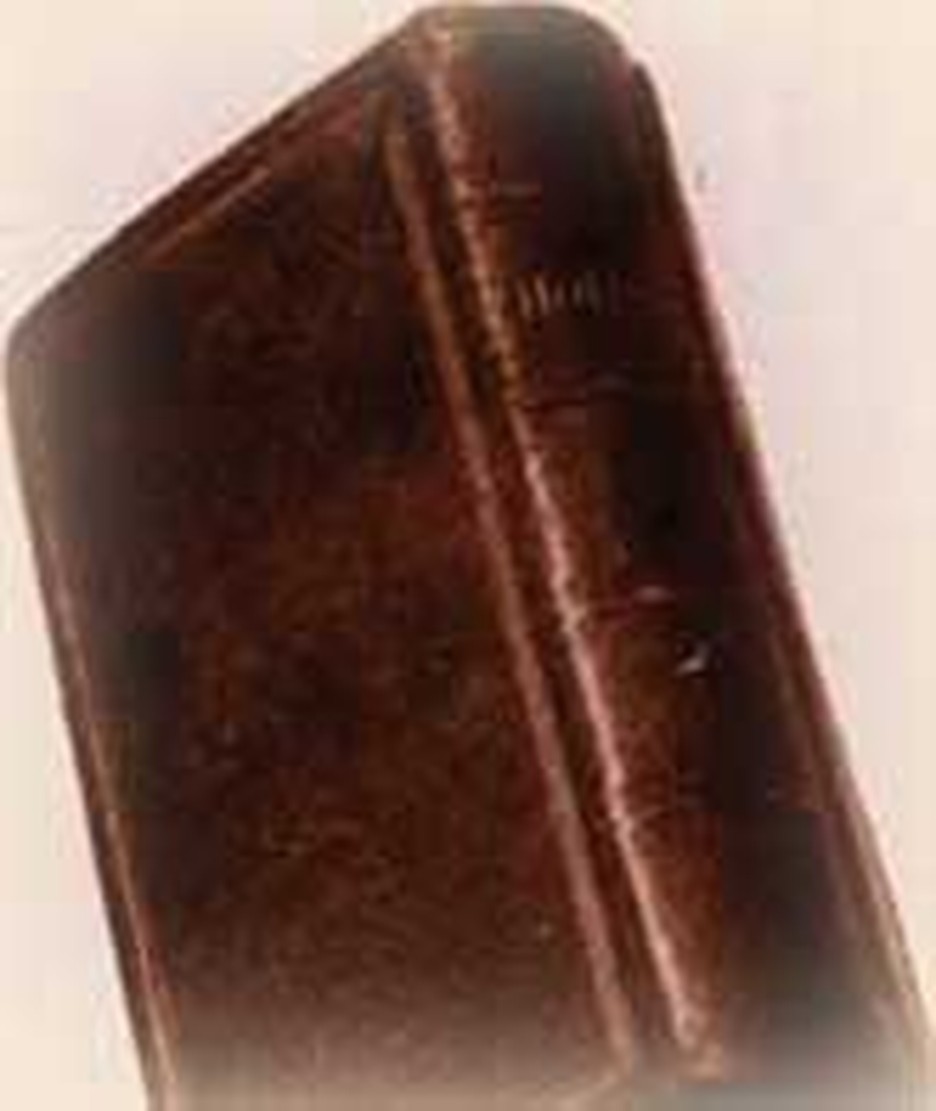
A Bible version long in use can become cherished through familiarity. Today, when we have a plethora of versions it is difficult for us to understand the excitement the revision of the Authorized version evoked. Three million copies of the revised New Testament sold within a year and the text was printed in full in two Chicago newspapers within two days of reaching the United States. Such interest could the Word of God generate back then!
When the King James version was first made, it was based on the Latin Vulgate, on early English translations, all of which traced back to Tyndale's translation, whose New Testament was in turn made from the Greek text of Erasmus and some comparison with Luther's translation. King James required the translation committee to follow several rules which were designed to ensure accuracy and readability. Each tranlator's section was carefully reviewed by the other translators. The authorized version adopted the verse markings of the Geneva Bible, a translation done by Puritan exiles.
After the making of the King James version, several Greek texts came to light, all older than Erasmus' manuscript. Among these were the Sinaitic, Vatican and Alexandrian manuscripts. A manuscript of the Septuagint (the early Jewish translation into Greek of the Old Testament) also turned up. Each of these finds underscored the need for revisions in the accepted text to bring it into closer conformity with the original writings.
Although scholars agreed that the King James was inaccurate in some details (although not any essential doctrine or important emphasis), laymen were loath to part with its familiar wording. Not forgotten were the fierce battles by which the Bible had been won, often over the ashes of martyrs. In a way the opposition was ironic, for the King James itself had been greeted with just such grumbles in its own day. Those who used the Geneva or Coverdale versions did not wish to relinquish phrasing which was familiar to them! But the King James' musical prose soon earned it the status of a literary masterpiece. No one can say how greatly its cadences have molded the English tongue.
As a concession to those who loved the beauty of the old, the revisers retained much of the archaic language of the King James. In fact, they sometimes opted for idioms predating even Shakespeare. The revised translation was not a modern language version by any stretch of the imagination! It had, however, solved some textual problems. Despite criticism, tens of thousands of copies were sold at once. On this day, February 10, 1899 its use was authorized as the standard for the Church of England. Coverdale's translation of the psalms remained in the English psalter.
Bibliography:
- "Bible (English Version)." The Oxford Dictionary of the Christian Church. Edited by F. L. Cross and E. A. Livingstone. Oxford, 1997.
- "Bible, the. Section 17." Encyclopedia Americana. Chicago: Encyclopedia Americana, corp., 1956.
- "English Revised Version 1891-1895." February, 2001. 2006.
- Goodsped Edgar J. How Came the Bible? Nashville: Abingdon Press, 1940.
- McGrath, Alister E. In the Beginning: the story of the King James Bible and how it changed a nation, a language, and a culture. New York: Anchor Books, 2002.
- Various web sites such as http://www.twickenham-museum.org.uk/detail.asp?ContentID=22.
Last updated May, 2007.


